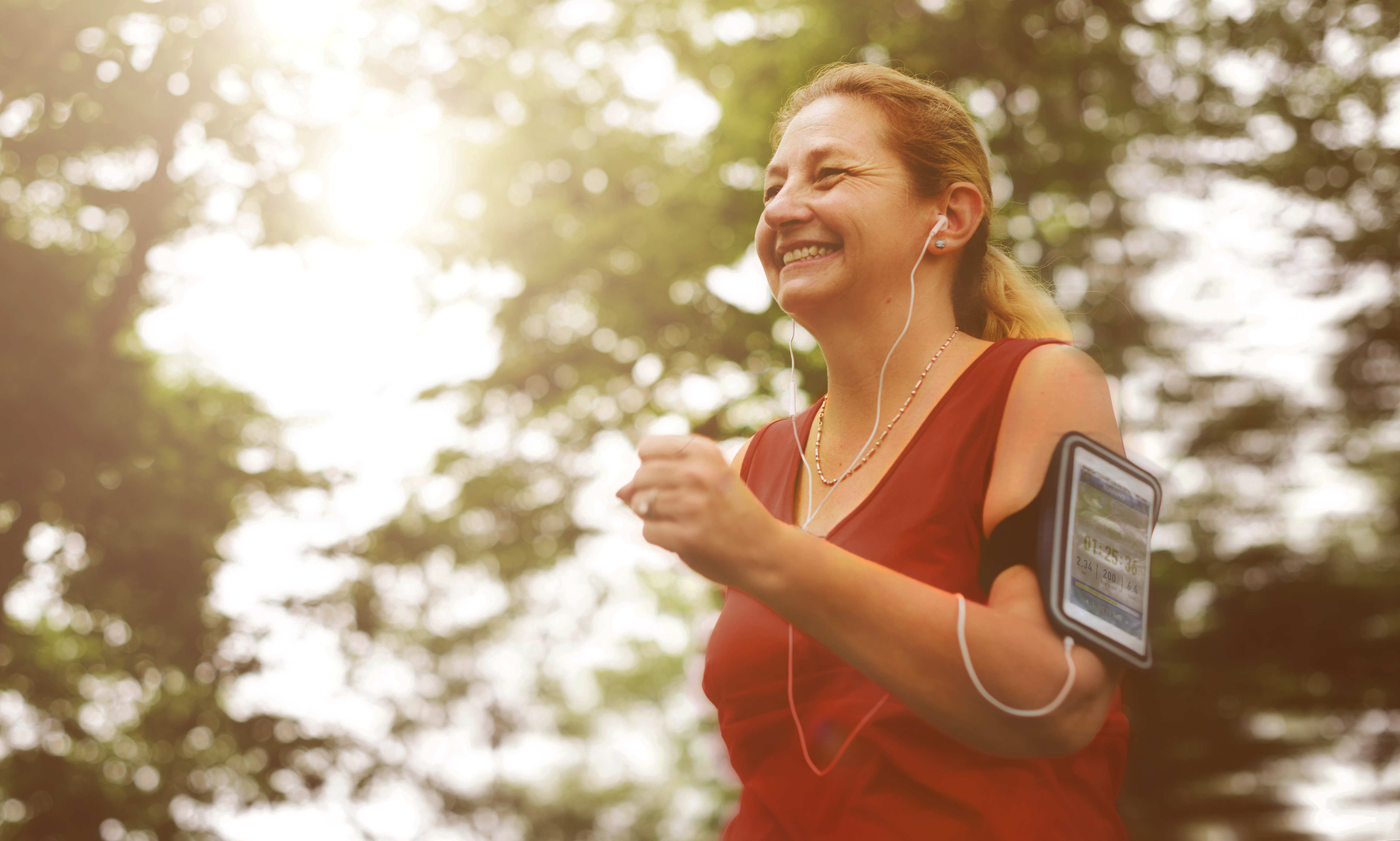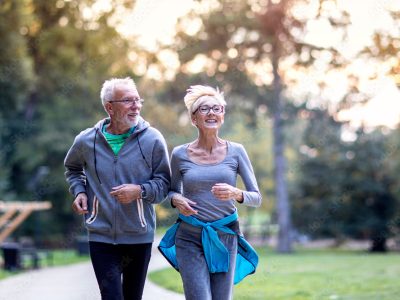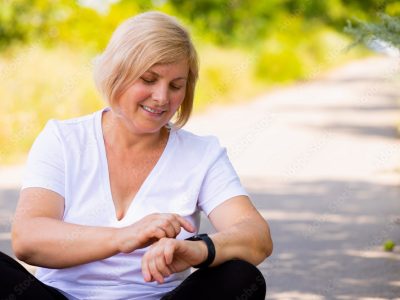Your data.
Your health.
Your life.
Use of personal data to unlock the door to change

Which data when? Body composition & risk
Body composition is one of the best indicators of overall health. As we age, we can literally go pear shape and with that goes our independence and ability to prevent age-related chronic conditions. Osteoporosis is one of those conditions and can pre-empt a range of problems including fractures, pain and potentially avoidable hospitalisation. None of us want to age where we become dependent on others. If we put the work in early, then we not only avoid conditions such as osteoporosis, but other lifestyle related chronic disease such as cardiovascular disease and diabetes.
Project partners

Health Leaders Australia

iaso health

MeasureUp

The Live long, live strong (LLLS) pilot project will help 20 women avoid or better manage osteoporosis.The program includes:
- Personal health risk profiling.
- Full data workup and reporting.
- Consultations with an exercise physiologist.
- Structured exercise program delivered through a phone-based app or online.
- Personalised education and support aimed at helping change any unhealthy lifestyle related habits and to implement new healthy habits.
Live long, live strong overview
LLLS has three key parts
1. Care planning process delivered via a GP clinic.
Eligible patients will see a GP to get things started. Details are contained in the program section of the website.
2. Osteoporosis management process delivered via an exercise physiologist (EP).
Participants will consult with an exercise physiologist via telehealth and then their exercise program is delivered via an app or by logging into a website. Because the complete patient journey is digitised, we can track any modifications to the program and track participant adherence and feedback.
We will provide a program that includes the Otago protocol and additional strength exercises tailored to the individual. The Otago component consists of 17 strength and balance exercises and a walking program that can easily be performed at home. Resistance exercises are added to further improve muscle strength and increase stamina.
Based on the participant’s unique needs, the Exercise Physiologist (EP) will develop and regularly modify the program based on their physical capabilities and goals around endurance, strength, control and mobility to improve their body function and existing health conditions.
Dr Jarrod Meerkin, our Exercise Physiologist lead will oversee the program, as well as the EP-related research process and framework.

3. Education and personal data management delivered by an online education and communications system.
A personalised education program (‘educational therapeutic’) is delivered to the patient along the intervention delivery journey. Patients can enroll either via the GP or by contacting us directly if they are on the MeasureUp database. Support to patients is provided via group coaching sessions and participation in an online community.
Why osteoporosis?
Osteoporosis can be prevented and manageed through implementation of targeted healthy lifestyle interventions. These include exercise and diet and by modifying these, we can help patients also mitigate their risk of other age-related chronic conditions. We could have just as easily chosen another chronic condition, but wanted the pilot to have minimal moving parts. We use one main protocol as the core intervention for all participants and can digitise the whole patient journey. Also we can digitise the patient profling and education delivery and ultimately adherence, which makes it easier to identify data sets that are more impactful than others on adherence, activation and health literacy levels.
In terms of data collection and personalisation and evaluation of the impact of an educational therapeutic aligned with anintervention , we can more easily measure adherence levels compared with tracking a dietary intervention or any intervention that has major variances and we can’t digitise easily.
Osteoporosis is also often undiagnosed with many women falling through the cracks,leading to great expense for the health system and a loss of quality of life for women as they age. Avoidable fractures arising from osteoporosis are a massive hidden burden for women, as well as the system at large and falls are a leading cause of potentially preventable hospitalisation. The technology and Medicare item numbers are available, there’s no shortage of motivated exercise physiologists, but there still seem to be hurdles when it comes to diagnosing and managing this condition early.
The burden of osteoporosis
- Osteoporosis affects one in three women and one in five men over 50, so is as prevalent as many of the other age-related chronic conditions.
- Fractures due to osteoporosis can result in chronic pain, disability, loss of independence and premature death.
- 924,000 Australians have osteoporosis, representing 3.8% of the population.
- Risk factors include increasing age, being female, family history, low vitamin D levels, low intake of calcium, low body weight, smoking, excess alcohol consumption, physical inactivity, long-term corticosteroid use and reduced oestrogen levels.
- In 2017 – 2018 there were 6,838 hospitalisations for osteoporosis for people aged 50 and over, and
- 93,321 hospitalisations for minimal trauma fractures in people aged 50 and over.
[Stats from 2017–18]
Patient education
Is it possible to build muscle and lose fat at the same time?
Building muscle and losing fat at the same time was once considered impossible, however, more recent observations have revealed that increasing muscle mass while reducing body fat is in fact achievable (Barakat et al.,2020) Is it possible to build muscle and lose fat at the same time?
DEXA, explained
DEXA stands for dual-energy x-ray absorptiometry, a highly specialised scan in which two levels of x-ray are used to differentiate your bones from the rest of your body. DEXA, explained
Motivation or momentum
We’ve all seen those superhumans that always seem to have it all together… they meal prep beautiful, healthy food each day; they find time to work out each morning before work; they look so well-slept and vibrant all the time, and they’re simply buzzing with energy. “How do you do Motivation or Momentum?



